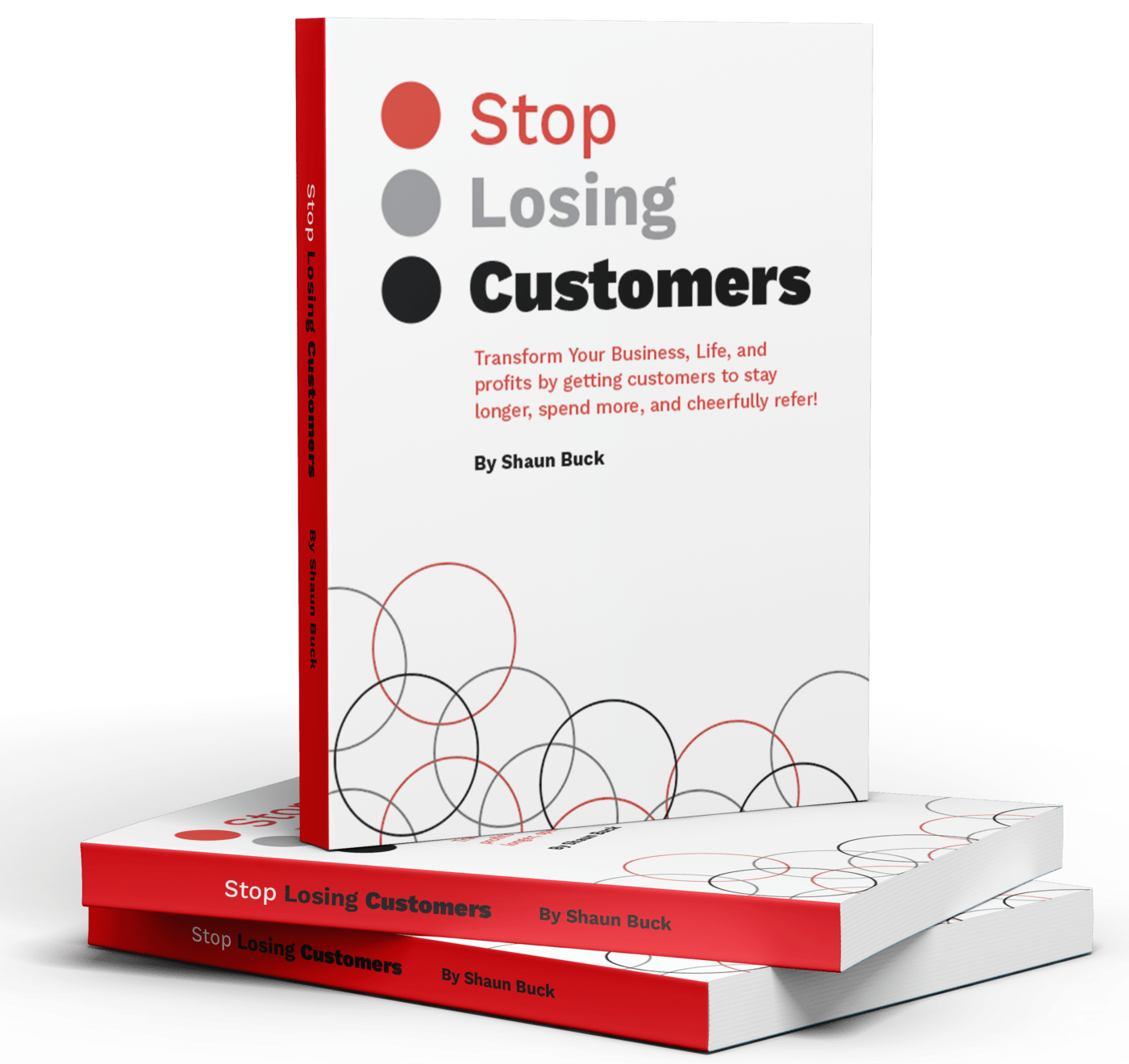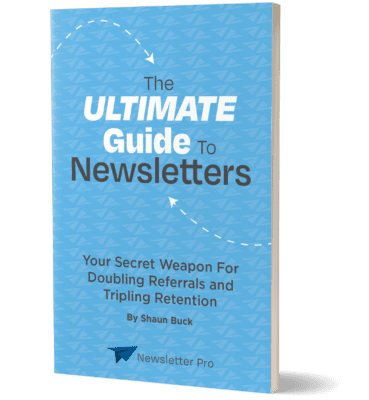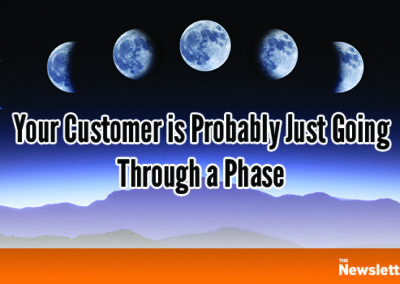Far too many people fall for what I like to call “fad-diet” marketing. They buy into some scheme that promises to solve all of their marketing problems in a flash. It’s not too different from those diets that pop up all the time, claiming that if you eat this or avoid that you’ll be in the best shape of your life with minimal effort. I can tell you from experience on both the marketing and fitness fronts that it just doesn’t work that way.

Growing a business is a lot like working out and losing weight. You need to find a plan that works for you, commit to it, allow it to build on itself, and do the same things over and over again, even when you’re bored with them.
There’s No Magic Marketing Pill

Many businesses I see or work with simply don’t want to put in the effort to make a campaign successful. They want the magic diet pill, not the long hours in the gym. Or, when they get bored, they blow the whole thing up — regardless of how well it’s working — and try the next shiny object.
The problem is there will always be another shiny object, another new way to market. To be honest, I don’t want new and exciting. I want my business to be steady, my marketing to turn out leads, and I want those leads to become customers. Who cares if I’m bored with the marketing? The point of the marketing isn’t to entertain me; It’s to grow my business. If I get too bored, I’ll take a vacation or buy a sports car, but I’m not going to stop doing what works simply to entertain myself.
Sadly, it seems that when it comes to this type of thinking, I’m the exception to the rule. Shiny object syndrome — you might as well call is SOS — is a huge problem for entrepreneurs.
It’s Not Rocket Science, But It Is Hard Work

When you find a medium that works steadily, you ride that medium hard and work out all the leads and sales you can handle. When you have success and a bit of extra money, you should diversify, but not until that medium runs like a well-oiled machine and kicks out cash.
I want to clear up one point that confuses people when I give this advice. There will be different stages in the customer lifecycle, and you may need one or two marketing components for each stage. For example, let’s say you use Facebook to generate a lead. You now need an education and nurture component, which may be emails and newsletters. That is still all one campaign, because the emails and newsletters take care of a different section of the customer lifecycle. It would be an issue if you started Facebook advertising, LinkedIn, and direct mail all in the same 90-day period.
If your winning marketing campaign uses an unstable medium, that would be one case where you’d need additional sources of traffic or leads to make sure you don’t find yourself screwed. (For example, if Facebook suddenly decides they won’t allow you to advertise.) But don’t go crazy. You won’t need six different marketing campaigns to test. Just get one or two campaigns working and keep riding the unstable medium until it goes bad.
Marketing is far from the only arena where people give up on valuable work too quickly. Don’t fall into this mental trap.
Aimless Marketing Misses The Mark

I want to make one last point about marketing campaigns. Besides than getting bored, the other major issue I see is that the entrepreneur isn’t clear what the goal of the campaign is and who is responsible for each area. It’s a bit like training for a marathon and then hoping to see an increase in muscle mass. You have to know what your campaign is doing if you want to track it effectively.
For example, we recently did a direct mail campaign for a customer who called us five months in and said the campaign wasn’t working. He insisted he’d gotten zero ROI. That is concerning, so we pulled the call tracking numbers and found the campaign was, in fact, working. All the calls had been recorded, and we could hear his team scheduling appointments with new patients. When we shared our data with him, he said that they’d had appointments, but none of them converted from the exams, X-rays, etc. into paying patients.
The goal of the marketing was to make the phone ring with qualified prospects. It was not to convert those people into paying patients, or even scheduled patients. That is the job of the doctor and his team. I understand that may sound harsh, but it’s the truth. The marketing did its job — the customers, employees, and systems didn’t. Measuring ROI isn’t always the best way to gauge the impact of your marketing, but it’s impossible when you don’t know what to measure.
Had the doctor been clear on everyone’s roles and responsibilities, he would have been able to fix the team issue. But now he’s going to move to another marketing campaign that simply won’t work for him.
The Simple Theory
If you truly desire success in business, get comfortable with being bored. Get clear on the goals of the campaign and who or what is responsible for each step, and grind it out.
It’s simple in theory and much more difficult in practice, but it’s totally doable for anyone reading this.
For a marketing strategy that isn’t just a fad, check out our book, “The Ultimate Guide to Newsletters”! Don’t miss out on requesting a FREE copy!







